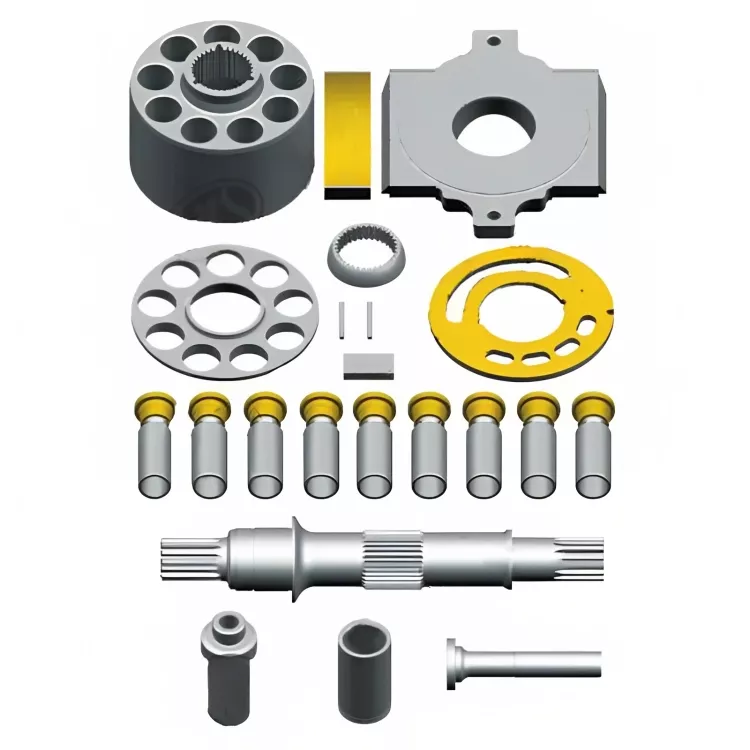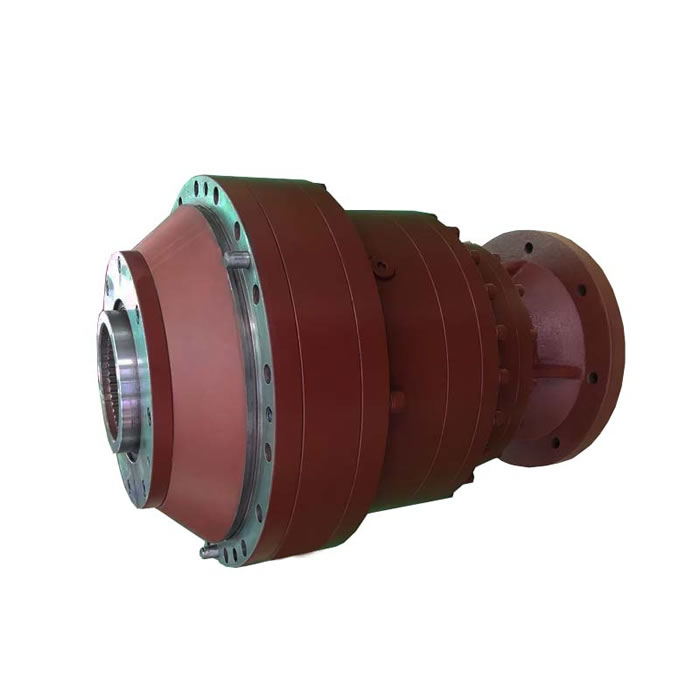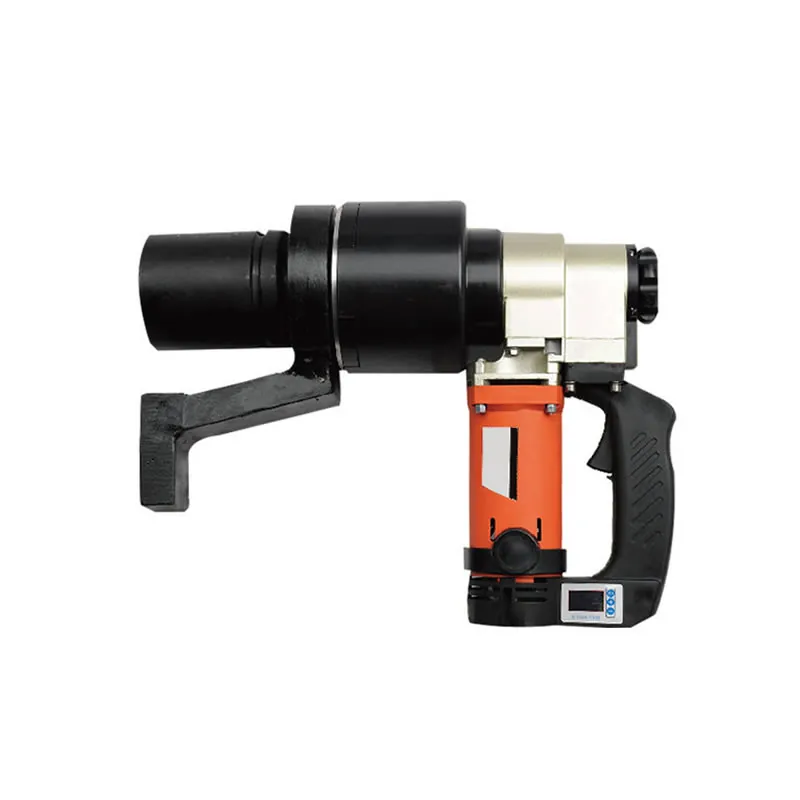Pumps vs Motors: Choosing the Right Component for Your Hydraulic System Needs
When you'd use a pump or motor in a Hydraulic System?
Hydraulic pumps
Moving Liquids and Gases: As you mentioned, pumps are the workhorses for transporting fluids (like oil or water) and even gases in some cases.
They create pressure to push these fluids through a system. Imagine a pump as the heart of the system, constantly circulating the lifeblood (fluid) to keep things running.
applications: Pumps find use in various industries due to their ability to move fluids efficiently. Here are some examples:
Construction machinery: Lifting heavy objects with hydraulic arms requires pumps to move pressurized fluid to pistons or cylinders.
Automotive industry: Power steering systems utilize pumps to generate the necessary pressure for smooth steering control.
Fuel injection systems: In diesel engines, high-pressure pumps deliver fuel to the injectors for efficient combustion.
Hydraulic Motors
Converting Hydraulic Energy into Rotational Motion: Motors take the pressurized fluid provided by the pump and convert that energy into rotational
force (torque).
They act like the muscles of the system, using fluid power to perform various tasks.
Think of a motor as a powerful engine that translates fluid pressure into turning gears, shafts, or other components.
Applications: Motors have a wide range of uses depending on their speed and torque capabilities. Here are some examples:
Industrial machinery: Motors power conveyor belts, operate robotic arms, and drive various manufacturing processes.
Construction equipment: Motors can rotate wheels on excavators, power hydraulic drills, and operate bulldozer blades.
Agricultural equipment: Tractors and harvesters utilize motors to drive wheels, operate lifting mechanisms, and power various attachments.
Choosing Between Pump and Motor:
The selection between a pump and motor depends on the specific needs of the hydraulic system. Here are some key factors to consider:
Function: Do you need to move fluids (pump) or convert fluid pressure to rotary motion (motor)?
Pressure Requirements: How much pressure is necessary for the system to operate effectively?
Flow Rate: What volume of fluid needs to be moved per unit of time?
Speed and Torque: What rotational speed and torque are required for the application?
Application Environment: Consider factors like noise level, operating temperature, and required durability.

Types of Hydraulic Pumps and Hydraulic Motors
Hydraulic Pump Classification
By Structure
Gear Pump: Simple, affordable, and common in various machinery (mining, construction, agriculture). However, it experiences wear and leaks.
Vane Pump: Offers smoother flow, quieter operation, and higher pressure capabilities compared to gear pumps. Used in lifting equipment and machinery due to its high efficiency. It can be single or double-acting.
Plunger Pump: Known for high efficiency, low leakage, and ability to handle high pressures. Commonly used in high-power hydraulic systems and for fuel injection in diesel engines. However, they are complex, expensive, and require high oil cleanliness.
By Displacement Adjustability
Fixed Displacement Pump: Delivers a constant flow rate.Variable Displacement Pump: Allows for adjustments in flow rate based on system demands.
By Oil Discharge Direction
One-Way Pump: Delivers fluid in one direction only.
Two-Way Pump: Can pump fluid in both directions.
By Pressure Level
Low-Pressure Pump: For applications requiring lower pressure ranges.
Medium Pressure Pump: Handles moderate pressure needs.
Medium-High Pressure Pump: Used for systems with intermediate to high-pressure requirements.
Ultra-High Pressure Pump: Delivers extremely high pressure for specialized applications.
Hydraulic Motor Classification
By Structure: (Similar to pump types)
Gear Motor: Simple and affordable, ideal for high-speed, low-torque applications.
Vane Motor: Offers good response and is suitable for medium-speed, low-torque applications with frequent starts and stops.
Plunger Motor: Provides high torque and efficiency, often used in high-pressure systems.
By Speed and Torque Range:
High-Speed Motor: Designed for applications requiring fast rotation with lower torque.
Low-Speed Motor: Delivers high torque at slower speeds.
Hydraulic Pump and Motor Differences in Work Requirements
Function:
Pump: Converts mechanical energy (from an engine) into hydraulic energy (flow and pressure of fluid). Think of it as the heart of the system, pushing fluid around.
Motor: Converts hydraulic energy back into mechanical energy (rotational motion). It's the muscle that uses the pressurized fluid to do work.
Efficiency Focus:
Pump: Users prioritize volumetric efficiency. This ensures minimal fluid loss within the pump, maximizing flow output at a given speed.
Motor: Mechanical efficiency takes center stage. The goal is to minimize energy loss as the fluid translates to rotational force.
Speed and Pressure:
Pump: Often operates at a constant, high speed to maintain consistent flow. High-pressure delivery at this rated speed is desirable.
Motor: Can have a wider range of speeds, including low speeds for extended periods. Maximum pressure is typically achieved at zero or very low speeds.
Direction:
Pump: Usually has a fixed rotation direction. Flow and pressure direction also remain constant (except in hydrostatic transmissions).
Motor: Many motors require variable rotation for different applications. Some can even act as pumps for braking purposes.
Operation:
Pump: Typically runs continuously in a system, leading to gradual fluid temperature changes.
Motor: May experience long periods of inactivity, followed by sudden temperature rises when starting operation.
Installation:
Pump: Often has a base for mounting, and the drive shaft doesn't experience significant side loads.
Motor: The drive shaft of many motors needs to handle radial loads from pulleys, sprockets, or other directly attached components.
In essence, hydraulic pumps are the workhorses, pushing fluid with high efficiency, while motors are the versatile performers,
converting that fluid power into various actions with a focus on mechanical efficiency.
Their specific requirements differ based on how they contribute to the overall hydraulic system.
If you want to learn more about the differences between hydraulic pumps and Hydraulic Motors, please contact us!











